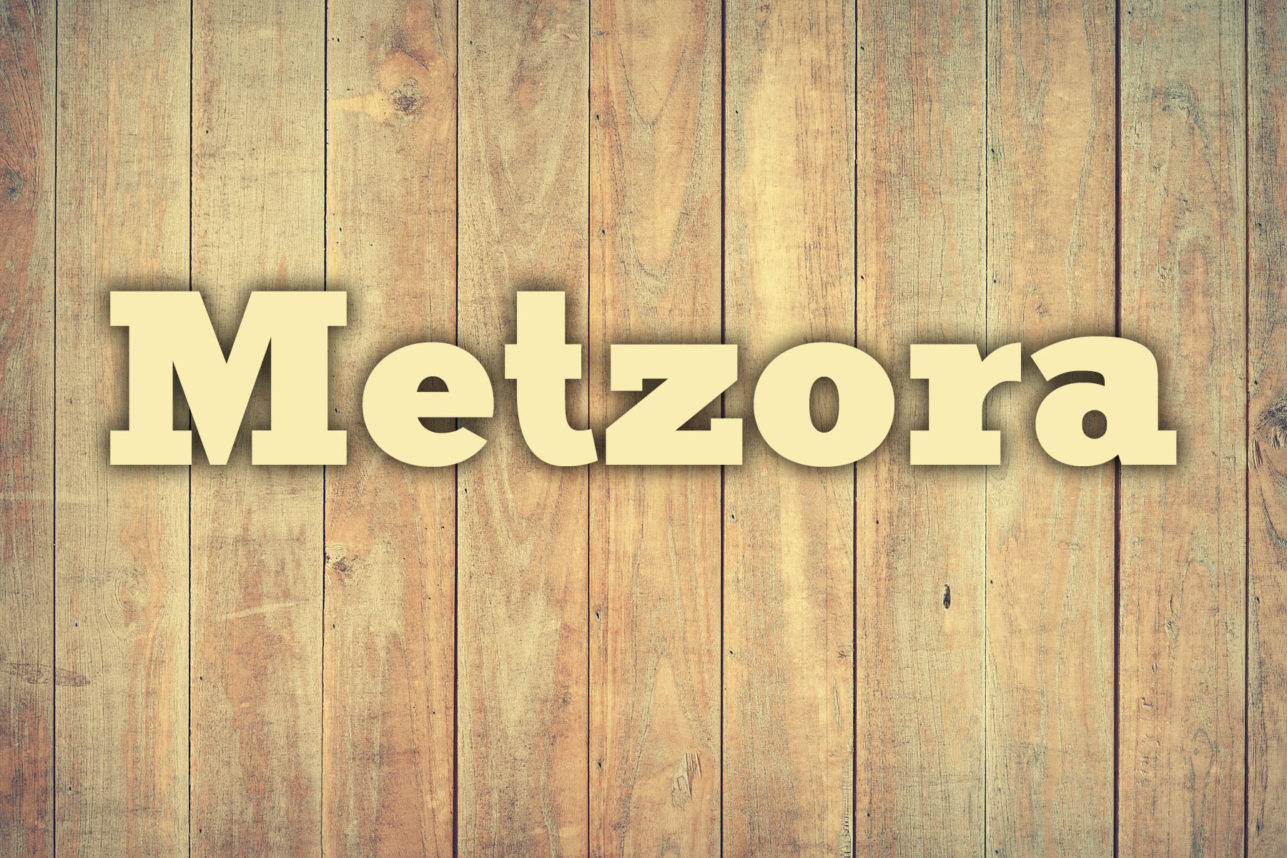Imagine the Jewish calendar as three concentric circles: the Torah reading cycle, the holiday cycle and your personal life cycle.
The circles line up in various combinations, like one of those "work wheels" from camp. If your bat mitzvah falls on Shabbat Chanukah, you may always view the message of the festival and your own coming of age in light of the famous words from the Haftarah: "’Not by might and not by power, but by My spirit,’ says Adonai of Hosts" (Zechariah 4:6).
This time of year is rich with synchronicity and commentary among Torah, Haftarah and holiday. The Song of the Sea in the Torah reading is complemented by Deborah’s Song in the Haftarah. This Shabbat is therefore known as Shabbat Shirah, the Sabbath of Song. In honor of Tu B’Shevat, the New Year for trees that falls at this time of year, we celebrate trees and nature, along with music and poetry.
Each Jew interprets the richness of this season through the prism of his or her own experience. The holiday of trees that augurs spring means one thing for a Jew emerging from shivah, and something equally but differently meaningful for a couple who just found out they are pregnant.
Still, many lessons are inherent, and shared, in the correspondence and mutual commentary between the holiday and Torah cycles. For example, both Tu B’Shevat and Beshalach offer lessons about governance, gratitude and faith.
In Genesis 2, God forms Adam out of the dust of the earth, and then plants a garden, "causing every tree to grow that is pleasant to see and good for food." If that is not enough to establish a special relationship between human beings and nature, especially trees, we learn that God put Adam in the garden to "cultivate it and to watch over it." Tu B’Sehvat reminds us of our role in governance. God provided trees for food, and granted humanity "dominion … over every living thing" (Genesis 1:28).
If the holiday promotes environmental governance, then the Torah reading urges responsible political governance. Pharaoh is the negative example; he uses people the way some individuals and corporations use and abuse environmental resources. Ultimately, Beshalach teaches us, human beings have governance, dominion and responsibility, but we do not really own or control anything — not the environment, and certainly not other human beings.
Tu B’Shevat also reminds us to be grateful, and not to take nature’s miracles for granted. The Talmud goes so far as to say that people will be judged in the next world for any permissible delight, including fine fruit, that they saw in this world, but did not consume. Similarly, Shabbat Shirah promotes celebration and praise. Moses and the Children of Israel sang. Miriam and the women danced. Later, they would complain and forget, but in the wake of the miracle, no one took God’s goodness for granted.
Tu B’Shevat is not just the rough equivalent of Arbor Day and Earth Day. It also functioned as tax day. One of several ways that Jews gave to the Temple was by offering their first fruits. The tithing of fruits was calculated on an annual calendar, beginning with the 15th day of the month of Shevat (i.e., Tu B’Shevat).
We designate the first fruits for God even before we know how the harvest will come out. In a remarkable show of faith and commitment, Jews pay God and community first. Thus, Tu B’Shevat is associated with giving — and with trust.
Beshalach reports God’s impatience with Moses’ prayer, as Pharoah’s army approached, seemingly trapping the Children of Israel at the shore of the Red Sea: "Why do you cry to me? Speak to the children of Israel, that they move" (Exodus 14:15). The rabbis imagine that none of the tribes was willing to move first (Sotah 37a). One man, Nahshon ben Aminadav, (literally) took the plunge. The waters parted only once he stepped out in faith and dared to go into the sea.
Thus, Tu B’Shevat and Shabbat Shira teach us to be daring in faith and to give of ourselves; to cultivate gratitude and to be effective stewards of nature and one another.
Along with these thematic links, the custom of feeding bread to the birds also connects Shabbat Shirah with nature and Tu B’Shevat. This custom has a place on my family’s life-cycle wheel, because it is based on my grandfather’s favorite midrash. My grandfather was no lover of animals. He never got over the "meshugas" that our family owned a dog. But once a year, he took joy in feeding the birds, and he never tired of telling us why:
David, who is said to have written the psalms, understood that the Temple would be destroyed, and feared that the psalms recited there would be forgotten. So he taught the psalms to the birds. (In Hebrew numerology, the word "nest" equals 150, the exact number of psalms.) On Shabbat Shirah, while it is still winter, Jews feed bread to the birds to hear them chirp and "sing" psalms. We sustain them with gratitude, knowing that nature also sustains us. No matter what, Jews, like birds, must continue to sing.
Rabbi Debra Orenstein is spiritual leader of Makom Ohr Shalom synagogue in Tarzana and editor of “Lifecycles 2: Jewish Women on Biblical Themes in Contemporary Life.”




















 More news and opinions than at a Shabbat dinner, right in your inbox.
More news and opinions than at a Shabbat dinner, right in your inbox.